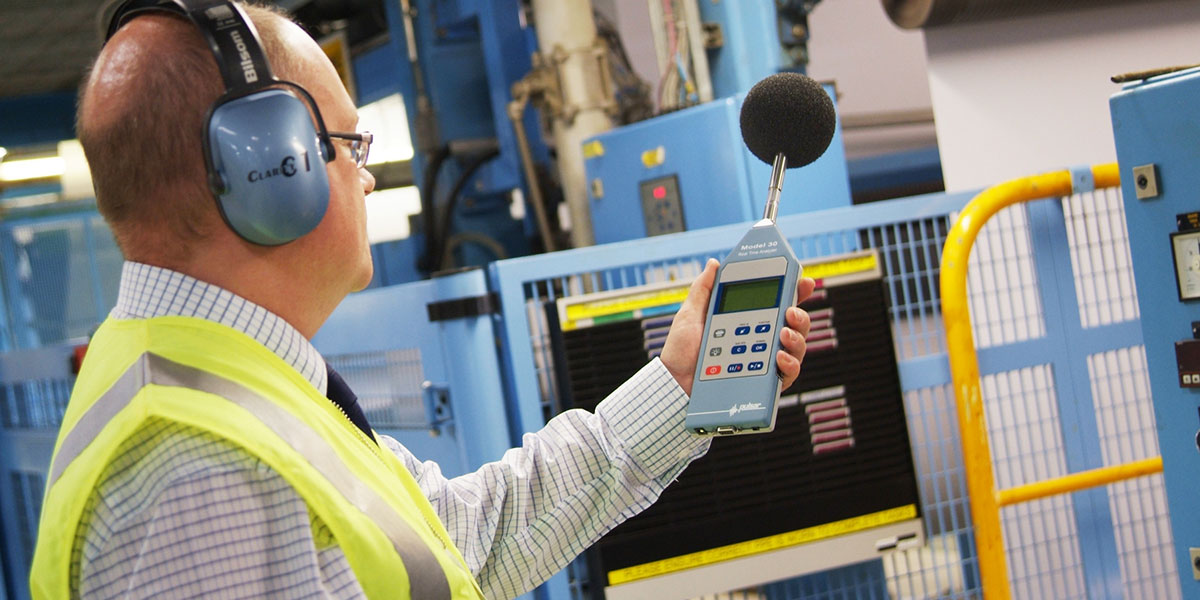Industrial Noise
Methods of reducing noise in the workplace are many and varied. They include use of quiet processes such as cutting steel with a guillotine rather than a high-speed cutting disc; welding rather than riveting, pressing rather than cutting, etc.
Occupational Noise Control
Occupational health and safety are fundamental to good management of industry. Deafness due to high levels of industrial noise is still a problem, but much progress has been made in this area.
Commissioning an Occupational Noise Survey is the first step to hearing protection. Day Design acoustical engineers specialise in conducting factory noise surveys to check high risk hearing hazard hotspots in industry and recommending methods in which noise can be reduced.
Hearing protection is sometimes necessary, but reducing the factory noise exposure to a non-hazardous level of not more than 80-83 dBA is better.
Silencer and Barrier Design
Ventilation fans in factories are often significant sources of noise. Fitting duct silencers to fans is a cost-effective way of reducing noise inside the factory for workers and outside the factory for neighbours. Acoustical engineers are trained to consider the acceptable pressure drop and other functional aspects of ventilation when designing noise control. This is very important when designing silencers for mine ventilation fans and gas-turbines.
Sound barriers are another way of reducing industrial noise. A barrier may be a double skin steel and glasswool-lined enclosure that will reduce noise by 60 dBA or it may be a 2 or 3 metre high Colorbond steel fence that will provide 10 dBA noise reduction for a neighbour. We design sound barriers to suit the need, and we often recommend the use common building materials to ensure the most cost-effective answer to the problem.
Sound Absorption
Inside large factories where there are many workers and many noisy machines, sound absorption is often the best way of reducing the noise. Acoustic ceilings and sound-absorptive panelling on walls can be used to reduce room reverberation and reduce occupational and environmental noise to levels that are acceptable.

